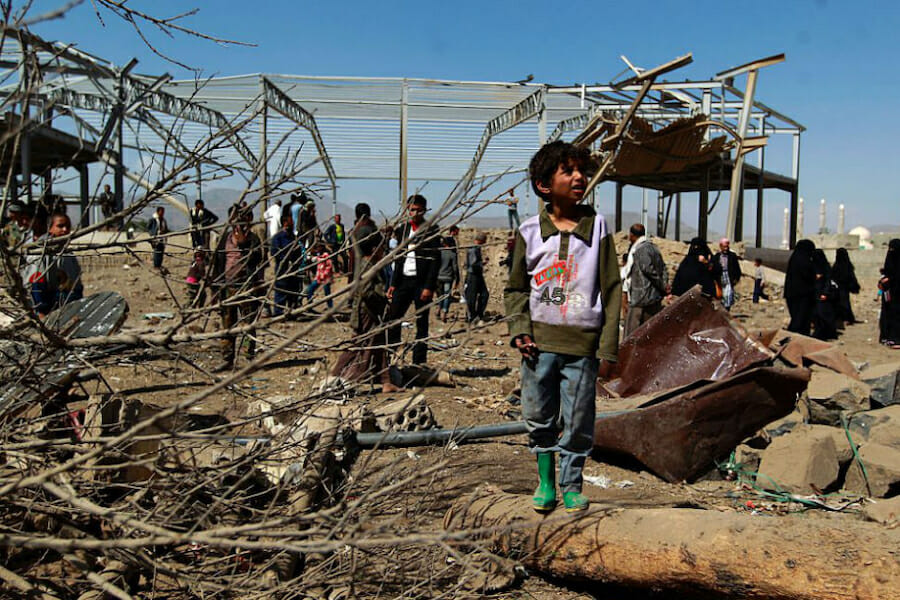
Yemen’s Al Jawf Governorate: Minimum Level for Houthi Ambitions
The Houthi takeover of most of the Al Jawf governorate, including its capital, was a result of lack of support from Saudi Arabia for President Abdrabbuh Mansour Hadi. The attack raised fears of the Houthis gaining more ground, including taking Marib, the capital city of the Ma’rib governorate. Marib is home to hundreds of thousands of Yemenis who have been displaced by the bloody civil war. It is feared that there will be new waves of refugees and the humanitarian crisis in the country will deepen.
Whatever form a possible political solution in Yemen takes, it is difficult to imagine that this would include the complete disarmament of the Houthis and their return to Sa’ada, their main stronghold. Instead, the Houthis are likely to stick to their demand for recognition and to play a political role in Yemen’s future.
In the most optimistic scenarios of any Saudi-Houthi talks, the Houthis may stick to their demands, some of which have already been agreed to at the National Dialogue Conference in 2013. This includes dividing Yemen into six federal states.
However, the proposal was opposed by the Houthis because, in their view, it divided Yemen into rich and poor areas. The Houthis aspire to include the Hajjah governorate in their region because it includes a seaport. They also want to add the Al Jawf governorate to take advantage of the potential natural resources in the province.
The importance of Al Jawf and Hajjah for the Houthis
The Hajjah governorate produces 6.8% of the total crops in Yemen, and it is also an active commercial corridor thanks to its borders with Saudi Arabia. The Haradh land port is considered one of the most critical Yemeni customs outlets. The governorate also owns a seaport overlooking the Red Sea.
On the other hand, the Al Jawf governorate produces 28% of the total agricultural production in Yemen, and it has a land border with Saudi Arabia. Some believe that the region also possesses enormous oil reserves.
Regardless of the quantities of oil and gas reserves and other potential natural resources in Al Jawf, the governorate is rich in agriculture. For example, the agricultural capabilities in Sa’dah have enabled the population to be self-sufficient. Agricultural commodities and land in Sa’dah have a tremendous social and monetary value, and it produces about 4% of the total agricultural production in Yemen.
Going forward, Al Jawf and Hajjah are important strategic goals for the Houthis. In addition to the Azal region, they represent the minimum for their expansionist ambitions. The higher level of these aspirations is the single rule of the whole of North Yemen, which includes the governorates of Ma’rib and Hodeidah. And when the Houthis expressed their rejection of the idea of the six regions in 2015, some southern powers also expressed their opposition, and they adhered to a proposal that divided Yemen into two areas that would restore the borders of the former North and South Yemen states. It is reported that the Yemeni Socialist Party, one of the entities that represented southerners at the National Dialogue Conference, had previously agreed with the Houthis on this proposal.
Some observers believe that the euphoria of victory in Al Jawf and the growing effectiveness of the Houthi offensive may push them to cross the boundaries of Al Jawf and even Ma’rib, which will drag Yemen into long years of conflict. This is not a war that can be won on the battlefield, in the words of Martin Griffiths, the UN Special Envoy to Yemen. That is why the United Nations is hoping to reach political accommodation to end the conflict. And with the Al Jawf and Hajjah governorates in the hands of the Houthis, the Houthis will then succeed in imposing a minimum of their de facto demands.

